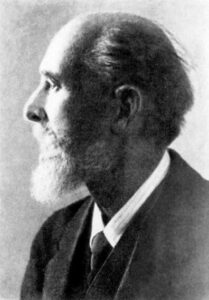Peter Carl Fabergé, who is still considered one of the most famous jewelers in world history, died in 1920. His Easter eggs made of gold, enamel and gems manufactured for the Russian nobility inspire people throughout the world. CIT dedicated a series to these miniature marvels, which began in the year of the 100th anniversary of Fabergé’s death and whose third issue will be released in 2022. It features the Rosebud Egg. Due to the color application and the smartminting© technology the high relief coin is minted in the highest quality by B. H. Mayer’s Kunstprägeanstalt in Munich.

Description
One side depicts the Rosebud Egg created in Peter Carl Fabergé’s workshop on a small pedestal; the background is divided into two parts: in the upper field the inscription Peter Carl Fabergé Rosebud Egg / 2022 between roses with tendrils; the lower field is filled with a wavy pattern.
The other side features the coat of arms of the Bank of Mongolia, below in Cyrillic script 1000 Togrog, in the exergue in Latin script “MONGOLIA 2 oz .999 SILVER”.

Background
The Rosebud Egg’s name was inspired by a container designed in the shape of a tea rose, which was hidden inside the egg. The artificial tea rose held a small imperial crown as well as a ruby and testifies to the Russian tsar’s tender attention to his wife. Alexandra Feodorovna came from Darmstadt in Germany and missed the lush rose gardens of her childhood in cold Russia.
The exterior of the egg also shows that it was supposed to be a special token of love. Prominently highlighted arrows represent the projectiles used by Cupid, the god of love, to strike his victims. Their tips point upwards toward the portrait of the tsar at the top of the egg. The repeated motif of a wreath symbolizes the unbreakable bond of lovers until death.
With this egg, Nicholas II continued – for the first time after his accession to the throne – a custom started by his father Alexander III. Every Easter, he gave such an egg from the Fabergé workshop to his wife and his mother. Until the shooting of the imperial family in 1917, a total of forty eggs was created.
Today, the Rosebud Egg can be seen again in St. Petersburg, where the Russian oligarch Viktor Vekselberg opened his Fabergé Museum. Those who do not wish to travel to Russia to admire the Rosebud Egg will find a substitute in this commemorative coin: the technical perfection used to create it can well bear comparison with Fabergé eggs.
For further information about the coin, visit the CIT website.
In the online database of Cosmos of Collectibles, you can find many more CIT coins!
Don’t miss any new coin issues! Subscribe to the Cosmos of Collectibles newsletter for free.
If you want to fully understand the three-dimensionality of this coin, you have to watch this film:
Within the series CIT already issued coin about the Liechtenstein Fabergé Egg and the Rose Trellis Fabergé Egg.
To learn more about the Fabergé Eggs, view this video:






